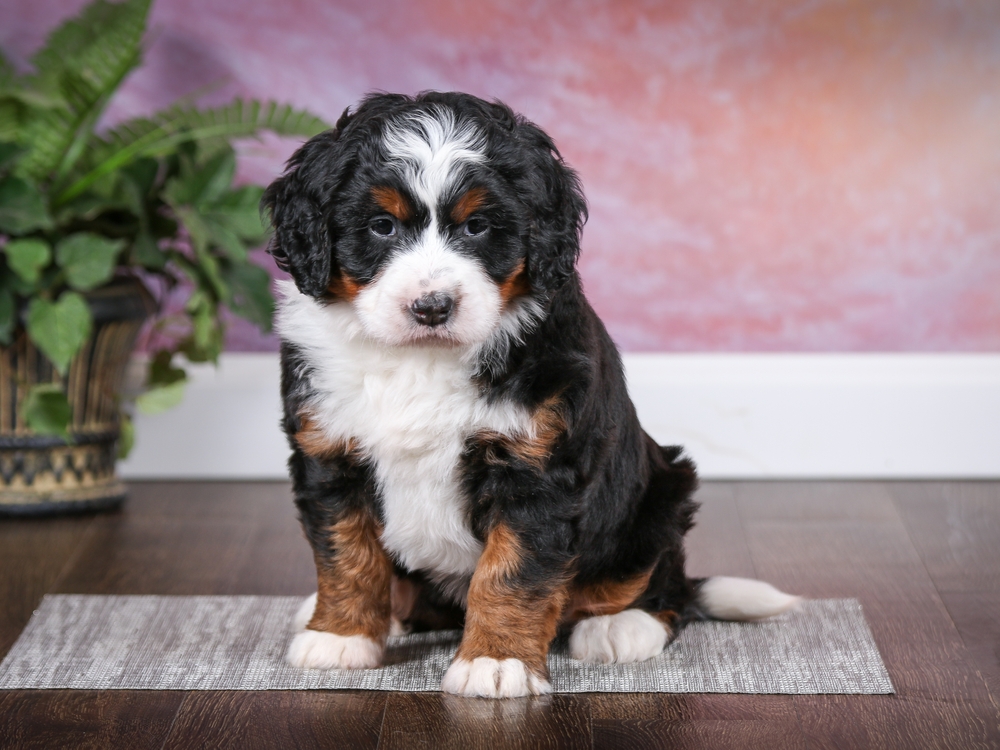Try as we might, we may never fully understand all of our dog’s behaviors. One bizarre issue you may stumble across as a dog owner is when your pup chooses to sit alone in another room instead of hanging out with you. It can be hard not to take offense to that, especially since dogs are supposed to be man’s best friend, right? Well, don’t take it to heart. Dogs self-isolate for a number of reasons, and most of them have nothing to do with you.
Read on to learn more about why your pup is sitting alone in a different room and what you should do when you pick up on this behavior.

The 7 Reasons Why Dogs Sit Alone in Different Rooms
1. They’re Feeling Anxious
Anxiety is a common problem in dogs, and because your pup can’t tell you what they’re feeling, it can be challenging to diagnose, too. To further complicate things, canine anxiety can develop for a myriad of reasons, not all of which will make sense to humans at all.
Dogs with anxiety will typically exhibit other behaviors aside from isolation that can help you determine whether there’s a problem.
This can include signs such as:
- Pacing
- Restlessness
- Trembling
- Drooling
- Destructive behaviors
- Excessive barking
- Whining
- Panting
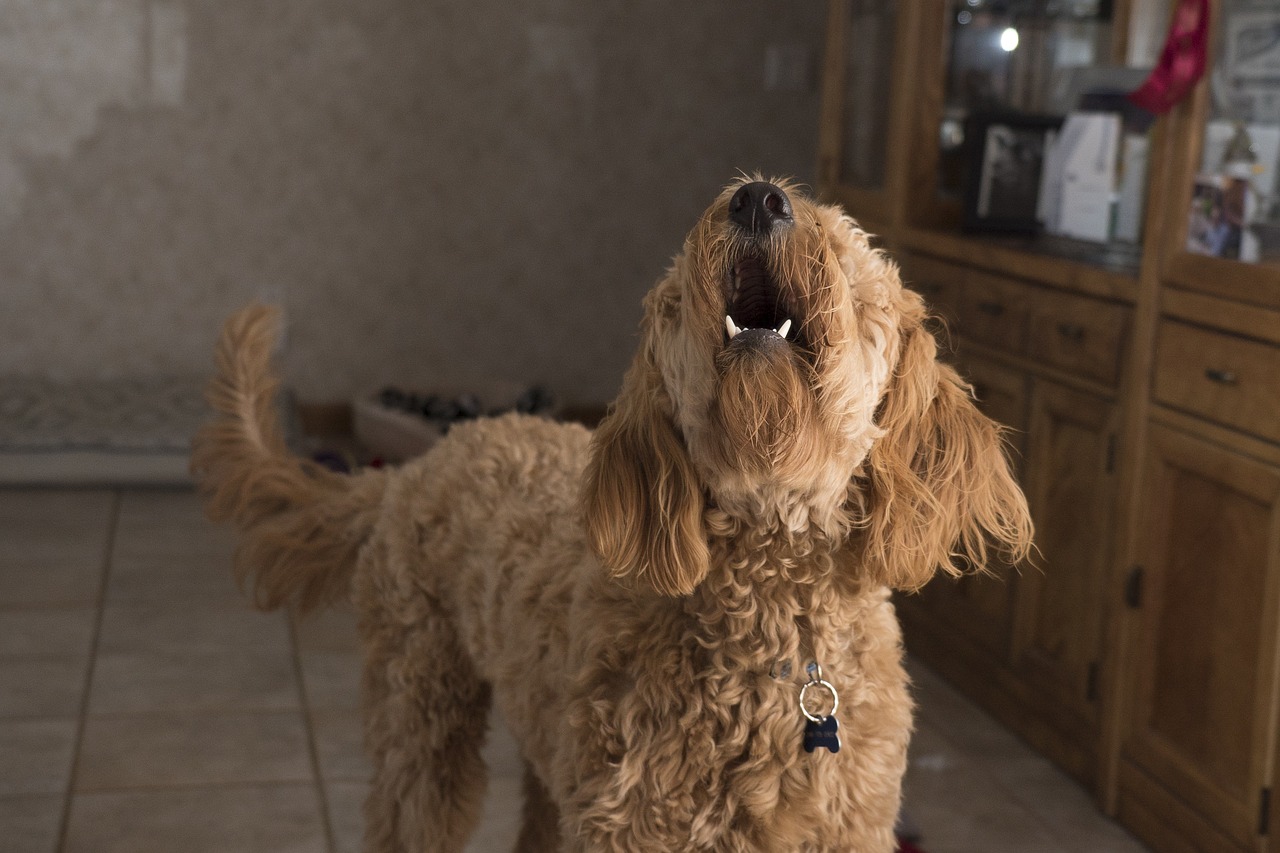
2. They’re Sick or Hurt
In some cases, your pup’s isolation could be the result of an underlying health problem. Pain, illness, and discomfort can cause dogs to withdraw.
Other signs that your dog is in pain include:
- Shaking
- Flattened ears
- Low posture
- Grumpiness
- Panting
- Crying
- Excessive licking
- Whimpering
- Twitching muscles
3. They’re Overstimulated
While many people think of dogs as extroverted and always up for anything, this isn’t always the case. Like humans, dogs can become overwhelmed and overstimulated by noise, activity, and nonstop interaction. Your pup may be choosing to sit alone in a room away from the hubbub simply because they need some quiet time and a safe haven to recharge.
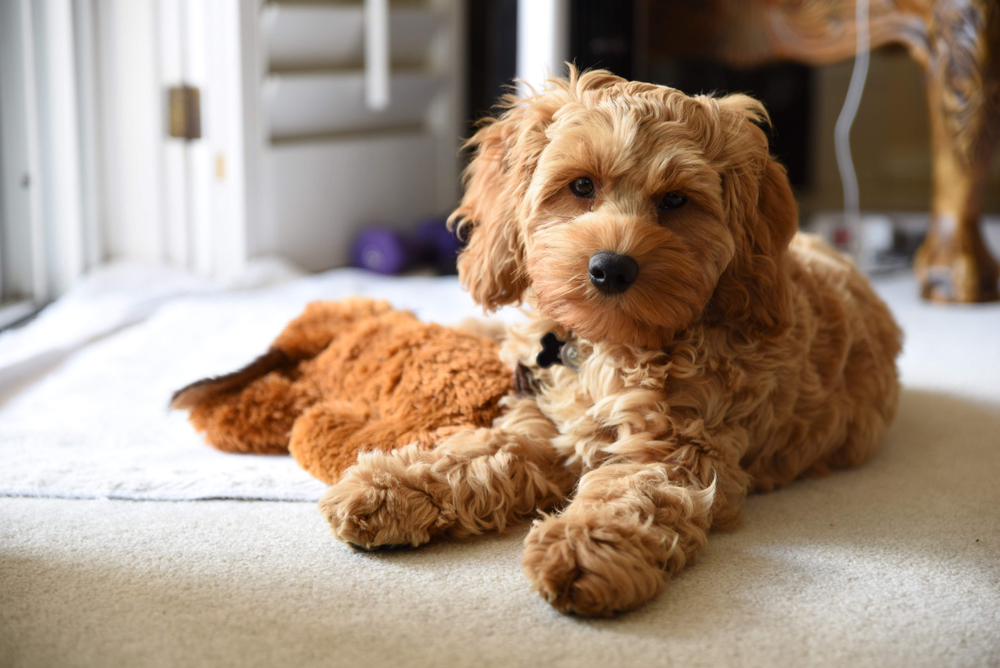
4. They’re Bored
Many dog breeds were bred to perform jobs that involved hunting, herding, or even military work. Even breeds that were meant to be companion dogs had a job: to spend their days alongside their owners. However, dogs nowadays get everything they could possibly dream of for absolutely free, with no hard work involved, so it only makes sense that they don’t know what to do with their time. Canine boredom can be very problematic, as it can lead to destructive behaviors and a miserable dog.
Isolation and excessive sleeping are two signs your pup may exhibit if they’re feeling blasé about their life.
Other indicators of boredom include:
- Excessive barking
- Chewing
- Digging
- Hyperactivity
- Escape attempts
- Whining
- Repetitive behaviors (e.g., tail chasing, spinning, etc.)
5. They’re Naturally Independent
Not all dog breeds want to be attached to their owner’s side 24/7/365. Some breeds are naturally more independent than others, so if you find your pup retreating to a quiet room to be alone more often than not, it may just be that that’s part of their personality.
Breeds that are known to be independent include:
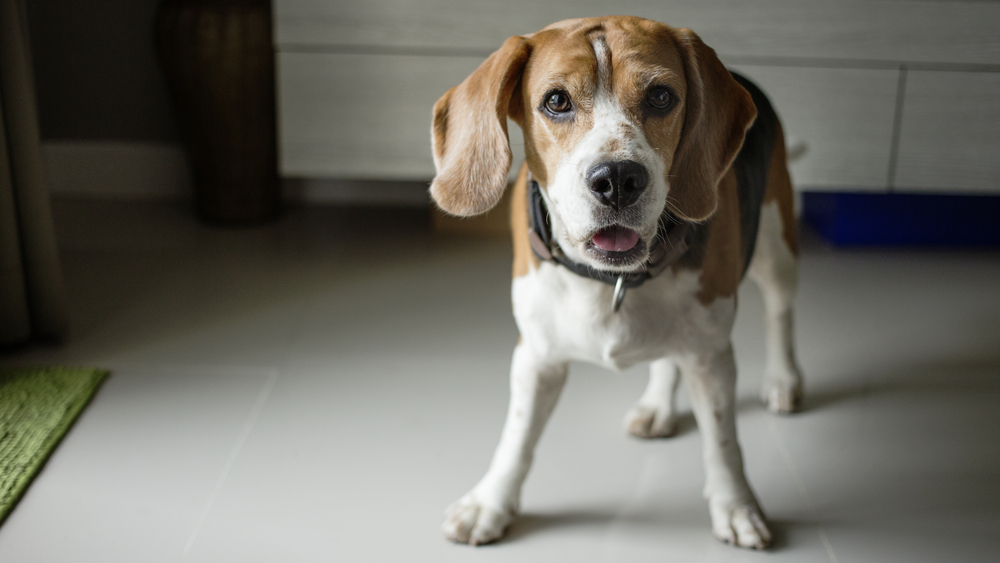
6. They’re Older
Aging can be just as tough on our canine companions as it is on us. Pups entering their golden years can become more irritable or reluctant to participate in the activities they once enjoyed. They may begin choosing more laid back and relaxing pastimes like napping, which may make them more likely to isolate themselves to quieter areas of the home.
7. They’re Annoyed With Their Roommates
As much as you may not want to admit it, you can be a significant source of annoyance for your pup. Since they can’t use their words to tell you to back off, they may choose isolation as a way to give themselves the space they need. Don’t be offended, though; it’s not just you. Your children, other household pets, and even noisy neighbors can be irritating for your pup.


What Should I Do if My Dog Is Isolating?
If your pup is spending more time alone than usual, try to step back and take a look at the whole picture. Are they exhibiting other signs, such as new behaviors or unusual habits? Are they eliminating inside the house when they were previously housebroken? Are they eating or drinking less than usual? Are they panting or whining? Has some part of their daily routine changed? Did you recently welcome a new pet or baby into your home? Have you accepted a new job that takes up more of your time?
If you determine that your pet needs to be examined by your veterinarian, they will want to know the whole picture, and the answers to these questions can be really helpful in getting a diagnosis. The treatment for your pup’s isolation will depend upon the cause and can include medications, fluid therapies, training, and even diet or environment modifications.
However, there are some minor changes you can make to respect your dog’s alone time without allowing them to be excessively isolated.
Here are some tips:
- Create a safe, quiet space: If your dog is isolating due to anxiety, overwhelm, or overstimulation, it may just be that they need a peaceful haven somewhere quiet to relax. Whether it’s their crate or another room in your home, make it cozy for your pet by putting in their favorite toy and bed and playing calming music.
- Offer enrichment: If your pup is hiding away due to boredom, mental and physical enrichment are key. Buy new toys, take them to new places for their walks, and even consider putting them in obedience training if you think they’d like it. You can also try capitalizing on your pet’s natural skills. For example, if your dog is a scent hound, engage them in a game of hide-and-seek, where you hide treats throughout your home for them to find.
- Implement schedules: Dogs are creatures of habit and thrive on routine. Create a schedule you can stick to as much as possible every single day. Keep meal times, potty breaks, and play sessions on a predictable routine, so your pup knows what to expect and when to look forward to their favorite activities.
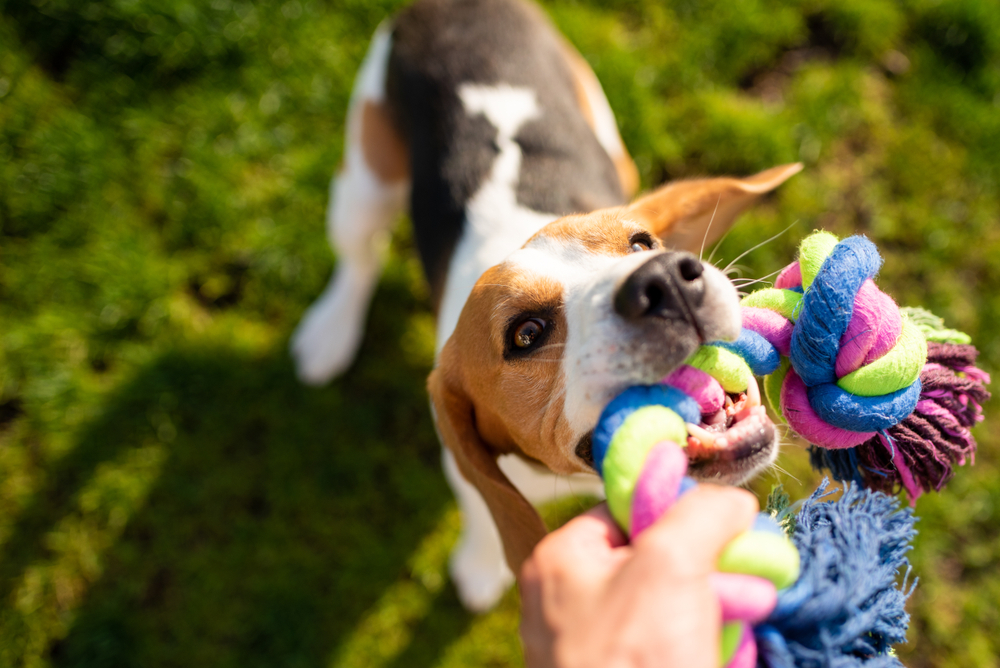

Final Thoughts
Your dog may be sitting alone in a room separate from you for a number of reasons. It may just be that they desire time alone, or they may be feeling ill, bored, or in search of the perfect cozy spot for naptime. Some dogs will begin to isolate themselves when they age, while some breeds may be more independent by nature.
As a dog owner, establishing a baseline for your pup’s behavior provides insight into what is and isn’t normal for them. Doing so will allow you to pick up on subtle (and not-so-subtle) signs your dog is sending you.
If your dog’s isolation is a new behavior, we recommend having them examined by a veterinarian to rule out any potential illnesses.
Featured Image Credit: JasonYoder, Shutterstock
